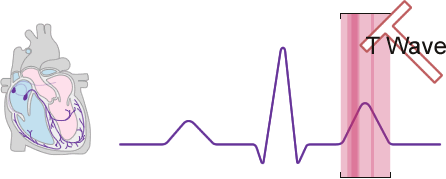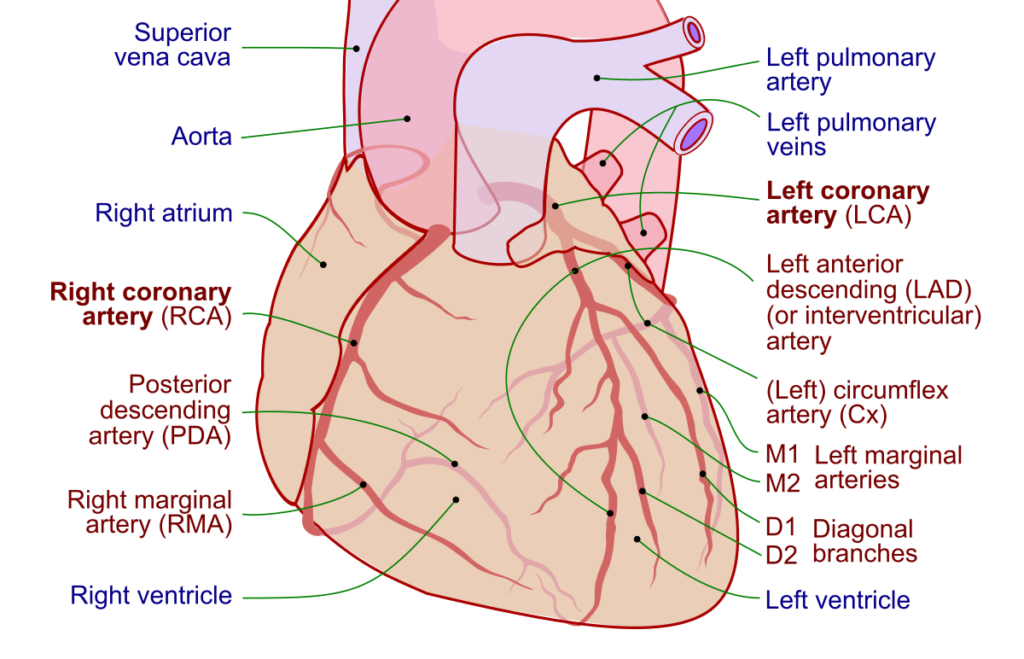Introduction:-
Have you ever wondered how your heart knows when to speed up during exercise or slow down when you’re relaxing? The regulation of cardiac activity is a interesting and complex process that keeps us alive every second of every day. Yet, for many, it remains a mystery hidden lower layers of medical jargon and elaborate biology
Imagine your heart as a finely tuned ensemble, with each section playing its part in perfect harmony. The conductor of this miraculous performance. A sophisticated system of electrical signals, nervous impulses, and hormonal messengers. But what happens when the rhythm falters or the tempo becomes erratic.

Understanding the Heart’s Electrical System
1. Sinoatrial Node: The Heart’s Natural Pacemaker
The sinoatrial (SA) node, often called the heart’s natural pacemaker, is a small cluster of specialized cells located in the right atrium. This remarkable structure initiates each heartbeat by generating electrical impulses that spread throughout the heart muscle. The SA node’s ability to create these rhythmic impulses without external stimuli is what gives it the title of “natural pacemaker.”
2. Electrocardiogram (ECG) Basics
An electrocardiogram (ECG) is a vital diagnostic tool that records the heart’s electrical activity. It provides valuable information about the heart’s rhythm, rate, and overall function. The ECG tracing consists of several distinct waves, each representing a specific phase of the cardiac cycle
3. Conduction Pathways and Their Roles
The heart’s conduction system is a network of specialized cells that rapidly transmit electrical impulses throughout the heart muscle. This system ensures coordinated contraction of the heart chambers. Key components include:
Atrioventricular (AV) node
Bundle of His
Left and right bundle branches
Purkinje fibers
.
These pathways work together to:
A. Delay impulse transmission between atria and ventricles
B. Rapidly conduct impulses through the ventricular walls
C. Ensure synchronized contraction of the heart chambers
The intricate interplay of these conduction pathways is crucial for maintaining proper cardiac function and rhythm. Next, we’ll explore how the nervous system exerts control over this remarkable electrical system to regulate cardiac activity.

Hormonal Regulation of Cardiac Function
Having explored the nervous system’s role in cardiac control, let’s examine how hormones influence heart function. Various hormones play crucial roles in regulating cardiac activity, each with unique effects on the heart’s performance.
1. Natriuretic Peptides: Blood Volume Control
Natriuretic peptides are essential hormones that regulate blood volume and pressure, directly impacting cardiac function. These peptides include:
A. Atrial Natriuretic Peptide (ANP)
B. Brain Natriuretic Peptide (BNP)
C. C-type Natriuretic Peptide (CNP)
ANP and BNP are particularly important in maintaining cardiovascular homeostasis. Here’s a comparison of their effects:
Hormone | Primary Source | Main Effects |
ANP | Atrial myocytes | Reduces blood volume, lowers blood pressure |
BNP | Ventricular myocytes | Similar to ANP, but more potent |
2. Thyroid Hormones: Metabolic Rate and Heart Function:-
Thyroid hormones, primarily T3 and T4, significantly influence cardiac activity by affecting metabolic rate and heart function. These hormones:
Increase heart rate
Enhance cardiac contractility
Improve cardiac output
3. Epinephrine and Norepinephrine: Fight or Flight Response
Epinephrine (adrenaline) and norepinephrine are catecholamines that play a crucial role in the body’s fight or flight response. Their effects on the heart include:
Increased heart rate
Enhanced contractility
Improved cardiac output
Dilation of coronary arteries
These hormones prepare the body for sudden exertion by optimizing cardiac function. Their impact is rapid and short-lived, allowing for quick adaptation to stressful situations.
Next, we’ll explore the intrinsic factors that affect heart rate, providing a comprehensive understanding of cardiac regulation.

Intrinsic Factors Affecting Heart Rate
Now that we’ve explored external influences on cardiac activity, let’s delve into the intrinsic factors that play a crucial role in regulating heart rate.
1. Age-Related Changes in Heart Rate Regulation
As we age, our heart undergoes various physiological changes that affect its rate and regulation:
Decreased maximum heart rate
Reduced heart rate variability
Increased resting heart rate in some individuals
These changes are primarily due to:
Reduced elasticity of blood vessels
Decreased sensitivity to catecholamines
Alterations in sinoatrial node function
2.Temperature Effects on Cardiac Activity
Temperature significantly impacts heart rate through a process called thermoregulation
Temperature Change | Effect on Heart Rate |
Increase | Heart rate rises |
Decrease | Heart rate slows |
This relationship is due to:
Changes in metabolic rate
Alterations in ion channel function
Adjustments in blood flow distribution
3.Cardiovascular Exercise and Heart Rate Adaptation
Regular cardiovascular exercise leads to several adaptations in heart rate regulation:
Decreased resting heart rate
Improved heart rate recovery after exercise
Enhanced heart rate variability
These adaptations result from:
Increased parasympathetic tone
Improved cardiac muscle efficiency
Enhanced stroke volume
4. Stretch-Induced Autoregulation
The heart has an intrinsic ability to regulate its output based on the stretch of its chambers:
Increased venous return → Stretched heart muscle → Increased force of contraction
This mechanism is known as the Frank-Starling law
Factors influencing stretch-induced autoregulation include:
Blood volume
Venous tone
Body position
Next, we’ll examine how various pathological conditions can disrupt these intrinsic regulatory mechanisms and impact overall cardiac function.
Pathological Conditions Affecting Cardiac Regulation
Now that we’ve explored the various factors influencing cardiac activity, let’s delve into the pathological conditions that can disrupt this delicate balance.
1. Medications Altering Cardiac Activity
Many medications can significantly impact heart function, either as their primary effect or as a side effect. Here’s a table highlighting some common medications and their effects on cardiac activity
Medication Type | Examples | Effect on Cardiac Activity |
Beta-blockers | Metoprolol, Atenolol | Slow heart rate, reduce contractility |
Antiarrhythmics | Amiodarone, Flecainide | Regulate heart rhythm |
Stimulants | Caffeine, Amphetamines | Increase heart rate and contractility |
Calcium channel blockers | Verapamil, Diltiazem | Slow heart rate, reduce contractility |
2. Endocrine Disorders Impacting Heart Function
Endocrine disorders can have profound effects on cardiac regulation. Some key examples include:
Hyperthyroidism: Increases heart rate and contractility
Hypothyroidism: Decreases heart rate and contractility
Pheochromocytoma: Causes episodic hypertension and tachycardia
3. Autonomic Nervous System Disorders
Disorders affecting the autonomic nervous system can significantly disrupt cardiac regulation. These include:
Diabetic autonomic neuropathy
Multiple system atrophy
Pure autonomic failure
These conditions can lead to abnormal heart rate responses, orthostatic hypotension, and other cardiovascular complications.
4. Arrhythmias: Types and Causes
Arrhythmias are abnormal heart rhythms that can result from various pathological conditions. Some common types include:
Atrial fibrillation
Ventricular tachycardia
Bradycardia
Heart block